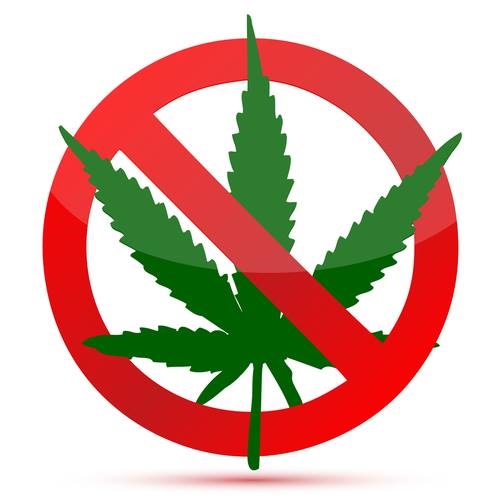When Proposition 64, California’s landmark cannabis initiative, passed in 2016, it had sold voters on the promise that a legal market would wipe out the drug’s outlaw business and the violence and environmental disaster associated with it.
Instead, it’s done the opposite.
A Los Angeles Times investigation by Pulitzer Prize-winning reporter Paige St. John has found that illegal weed farms are flooding parts of rural California on a scale never before witnessed, exacerbating violence, labor exploitation, environmental damage and more. Police are overwhelmed and can raid only a small percentage of the farms; even then, the growers are often back in business within days.
To better understand the issues, St. John reviewed state, county and court records and interviewed scores of legal and illegal weed growers, local residents, laborers, law enforcement, community activists, market analysts and public officials. Her reporting reveals that the explosive growth has had profound and extensive consequences:
Illegal pot farms have exacerbated weed-related violence, occasionally including killings. Local residents described living in fear.
Labor exploitation is rampant. Workers often toil in dangerous conditions and are frequently cheated of wages. Since cannabis was legalized, 15 workers have died from carbon monoxide poisoning from generators and charcoal braziers.
Extreme cultivation is causing significant environmental damage. At a time of severe drought, millions of gallons of water are being taken from aquifers even as wells go dry. Banned, lethal pesticides and unchecked chemicals are being used.
Illegal cultivation fed a surplus that crashed wholesale prices last year. Small farms operating legally are unable to sell their crops, pushing them closer to financial ruin. “I’m barely hanging on,” one licensed cannabis grower in Humboldt County told St. John.
Although no hard data exist on the scale of the illegal cannabis market, it’s much larger than the licensed community. A Times analysis of satellite images covering thousands of square miles of the state showed that unlicensed operations in many of the largest cultivation areas outnumbered licensed farms by as much as 10 to 1.


